The 13 Most Ancient-Looking Stadiums Still Used Today
In a world where modernity often overshadows the past, some structures stand as timeless sentinels, bridging the gap between history and the present. Among these are stadiums that, despite the march of time, continue to host events, drawing crowds to their ancient-looking stands. These arenas are more than just venues; they are living museums, each with stories etched into their stone and steel. This exploration delves into 13 such stadiums, examining their historical significance, architectural marvels, and the role they play in connecting us to a bygone era. Join us as we journey through time and space to uncover the secrets of these storied arenas.
The Colosseum: Rome's Eternal Arena
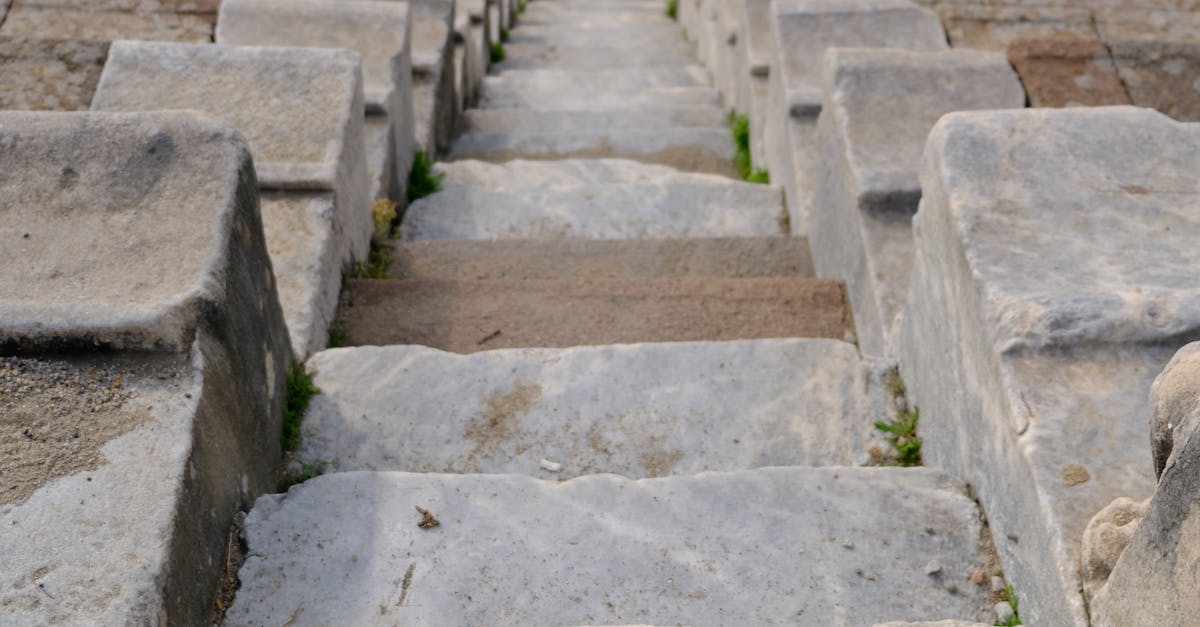
The Colosseum, though no longer hosting gladiatorial contests, remains a symbol of ancient Rome's grandeur and engineering prowess. Constructed in AD 80, this iconic amphitheater once seated 50,000 spectators, witnessing spectacles that ranged from brutal combat to theatrical performances. Today, it stands as a testament to Roman architectural ingenuity, with its complex system of vaults and arches. Despite the ravages of time and earthquakes, the Colosseum continues to captivate millions of visitors annually, serving as a poignant reminder of Rome's imperial past and its enduring influence on stadium design worldwide.
The Roman Theatre of Orange: A Timeless Stage

Nestled in the heart of Provence, France, the Roman Theatre of Orange is a marvel of ancient acoustics and architecture. Built in the 1st century AD, this UNESCO World Heritage Site is one of the best-preserved Roman theatres in existence. Its grand stage wall, adorned with intricate carvings, has provided a backdrop for performances for over two millennia. Today, the theatre hosts the annual Chorégies d'Orange, a celebrated opera festival, where the ancient structure's superb acoustics continue to enchant audiences, proving that some designs are truly timeless.
The Amphitheatre of El Jem: Tunisia's Colossal Spectacle

The Amphitheatre of El Jem, located in modern-day Tunisia, rivals the Colosseum in scale and grandeur. Built in the 3rd century AD, it could accommodate up to 35,000 spectators, and its elliptical shape and towering arches are a testament to Roman engineering. Despite being partially dismantled over the centuries, El Jem remains a UNESCO World Heritage Site and a popular venue for concerts and cultural events. Its enduring presence offers a glimpse into the Roman Empire's reach into North Africa and the cultural exchanges that occurred in its arenas.
The Stadium of Delphi: A Sacred Arena
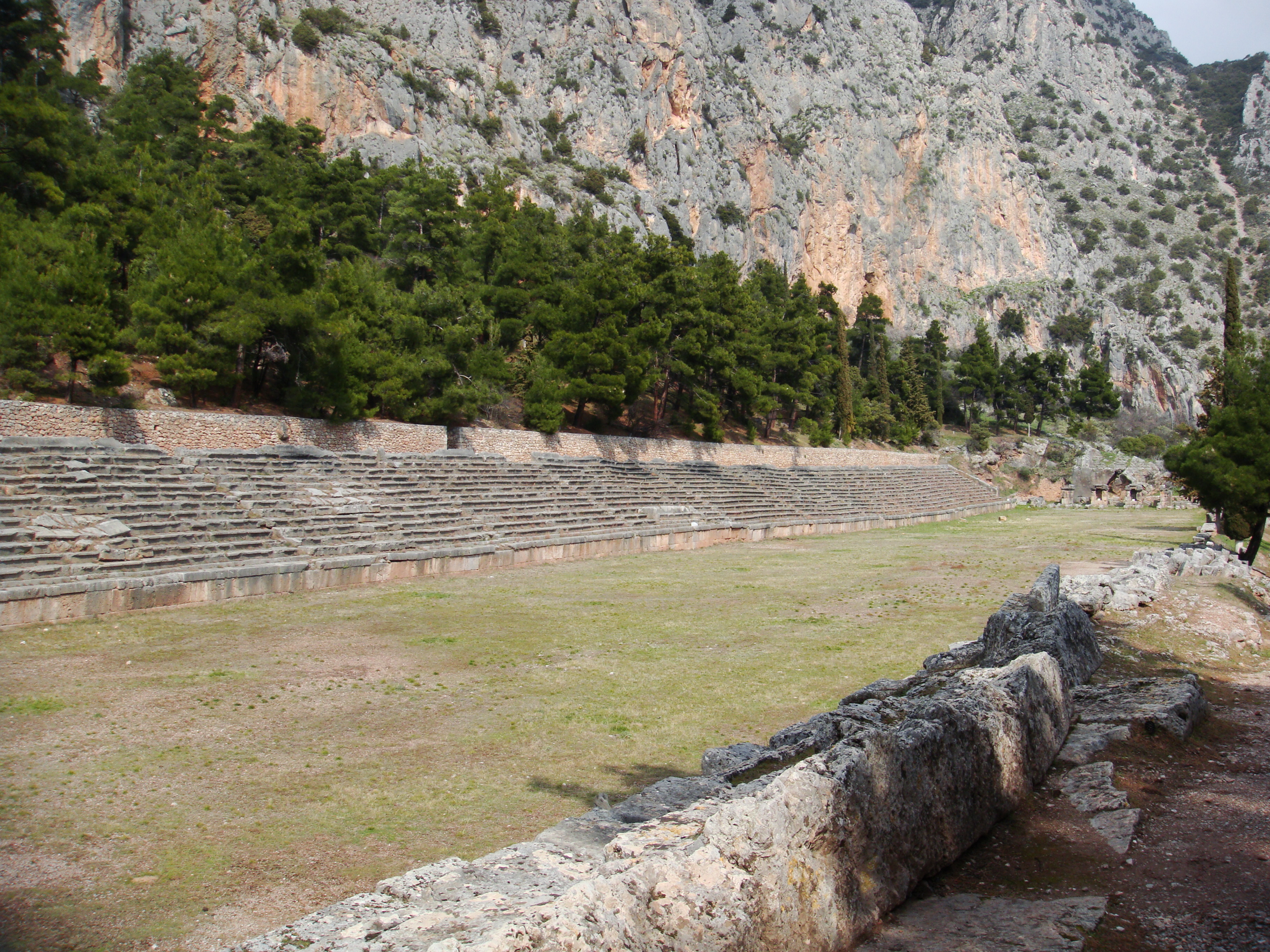
High above the ancient sanctuary of Delphi, the Stadium of Delphi offers a breathtaking view of the surrounding mountains. Dating back to the 5th century BC, this stadium was a central venue for the Pythian Games, second only to the Olympics in importance. With its stone seating and starting lines still visible, the stadium provides insight into ancient Greek athletics and religious ceremonies. Though no longer in use for sporting events, Delphi's stadium remains a powerful symbol of the intersection between sport, religion, and culture in ancient Greece.
The Circus Maximus: Rome's Legendary Racecourse
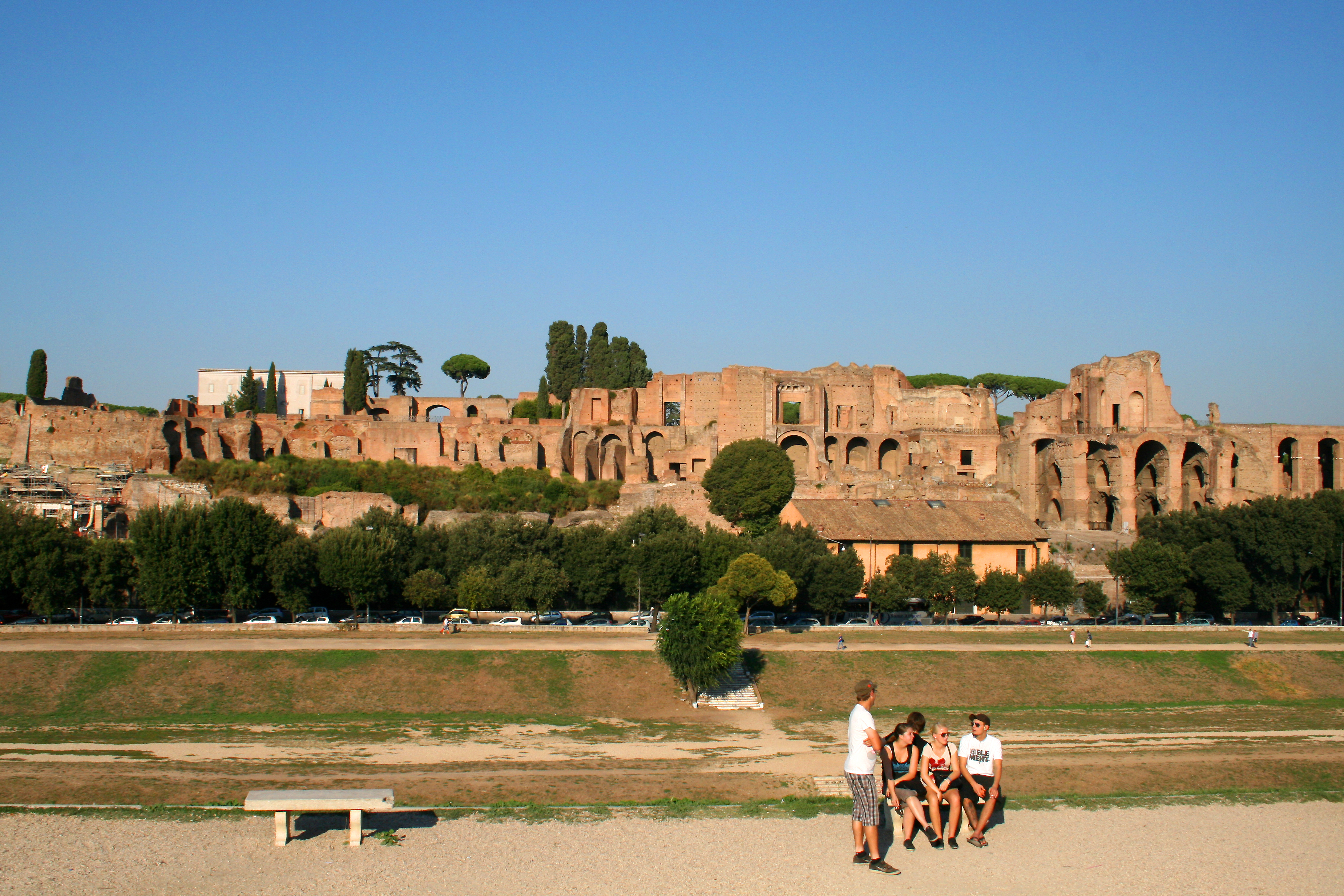
The Circus Maximus, once the largest stadium in ancient Rome, was the epicenter of chariot racing and public entertainment. Capable of holding up to 250,000 spectators, its sheer scale is staggering even by modern standards. While little of the original structure remains, the site is still used for concerts and public gatherings, maintaining its legacy as a communal space. The Circus Maximus serves as a reminder of the grandeur of Roman public life and the enduring appeal of sports as a unifying force across time.
The Odeon of Herodes Atticus: Athens' Cultural Gem

Nestled on the slopes of the Acropolis, the Odeon of Herodes Atticus is a striking example of ancient Greek theatre. Built in 161 AD by the Roman senator Herodes Atticus in memory of his wife, this odeon was originally covered with a wooden roof, enhancing its acoustics. Today, it is a premier venue for the Athens Festival, hosting performances that range from classical music to contemporary theatre. The odeon's blend of Greek and Roman architectural elements highlights the cultural fusion that characterized the ancient world and continues to resonate in modern performances.
The Hippodrome of Constantinople: Byzantium's Arena
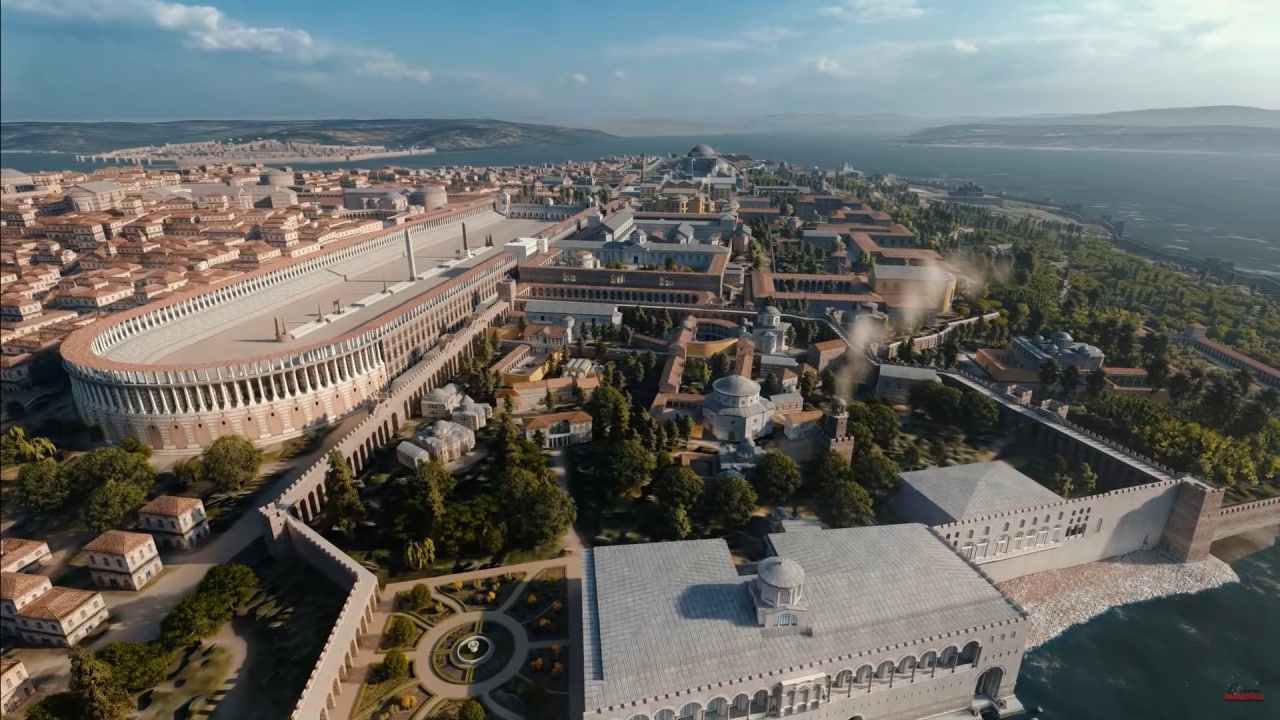
In the heart of modern-day Istanbul lies the remnants of the Hippodrome of Constantinople, an arena that once hosted chariot races and political gatherings. Built in the 3rd century AD, it was the social and sporting hub of the Byzantine Empire. Though much of the original structure has been lost, the surviving monuments, such as the Serpent Column and the Obelisk of Theodosius, evoke the grandeur of its past. Today, the site is a public square, where the echoes of history continue to reverberate through the city's vibrant cultural life.
The Arena of Nîmes: France's Roman Legacy

The Arena of Nîmes, one of the best-preserved Roman amphitheaters, continues to serve as a venue for concerts and bullfights. Built in the 1st century AD, its elliptical design and tiered seating reflect the architectural principles that defined Roman amphitheaters. The arena's continued use for public events, including the annual Feria de Nîmes, underscores the lasting impact of Roman culture in France. As a living monument, it bridges the gap between ancient traditions and contemporary entertainment, drawing visitors from around the world.
The Stadium at Olympia: Birthplace of the Olympics

The Stadium at Olympia, where the ancient Olympic Games were held, is a site of immense historical significance. Dating back to the 8th century BC, it was the heart of the games that celebrated athletic prowess and religious devotion. Though only the outlines of the stadium remain, its legacy endures in the modern Olympic movement. The torch relay, which begins at Olympia, symbolizes the continuity of the Olympic spirit. The site serves as a poignant reminder of the origins of organized sports and their enduring appeal across millennia.
The Theatre of Marcellus: Rome's Architectural Innovation
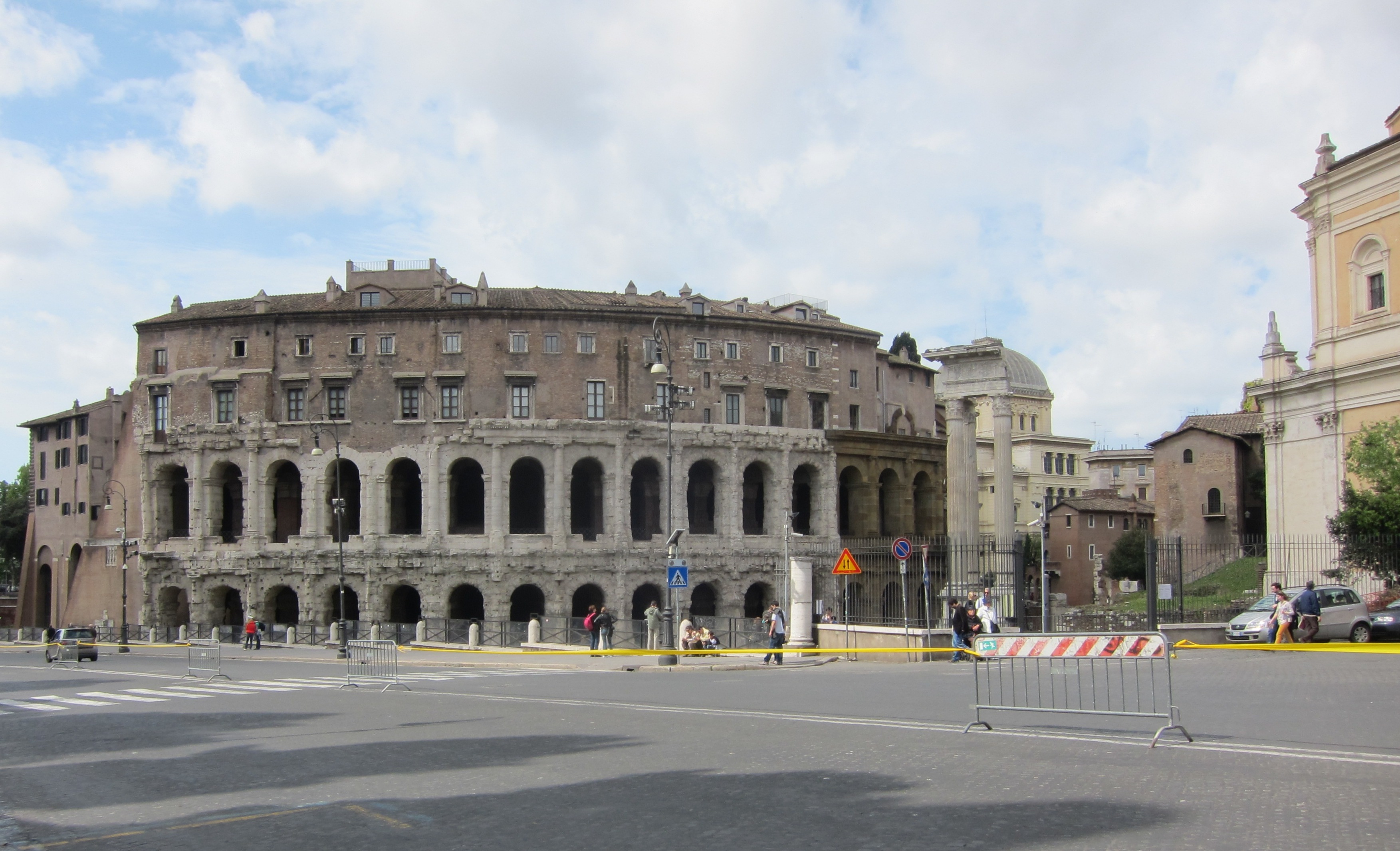
The Theatre of Marcellus, commissioned by Julius Caesar and completed by Augustus, is a testament to Roman architectural innovation. Built in the 1st century BC, it served as a prototype for later Roman theatres. With its semicircular seating and impressive façade, the theatre could accommodate 20,000 spectators. Today, it stands as a striking example of adaptive reuse, with apartments integrated into its structure. The Theatre of Marcellus exemplifies the enduring influence of Roman design, showcasing how ancient architecture can be harmoniously integrated into modern urban life.
The Amphitheatre of Pula: Croatia's Roman Heritage
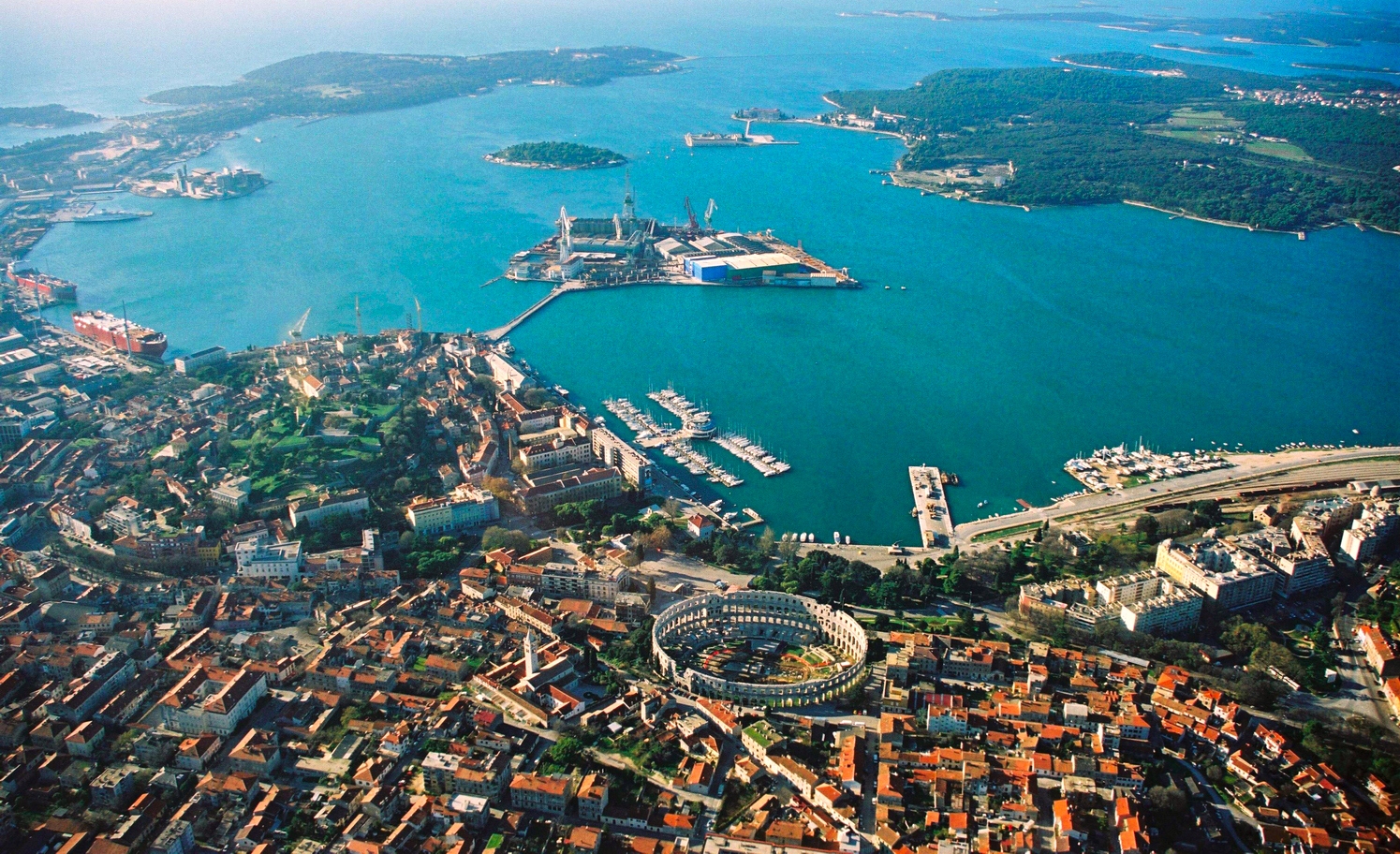
The Amphitheatre of Pula, located on Croatia's Istrian Peninsula, is one of the six largest surviving Roman arenas. Built in the 1st century AD, it was used for gladiatorial contests and public spectacles. Its elliptical design and stone construction have withstood the test of time, making it a popular venue for concerts and film festivals. The amphitheatre's preservation and continued use highlight the enduring legacy of Roman engineering and the cultural exchanges that occurred across the Roman Empire, which continue to shape the region's identity.
The Odeon of Lyon: France's Ancient Acoustic Marvel

The Odeon of Lyon, built in the 2nd century AD, is a remarkable example of Roman acoustic design. Situated next to the larger Theatre of Fourvière, the odeon was used for musical performances and public readings. Its semicircular seating and stone construction create an acoustic environment that remains highly regarded to this day. The odeon hosts the annual Nuits de Fourvière festival, showcasing its continued relevance as a cultural venue. The Odeon of Lyon exemplifies the enduring appeal of ancient performance spaces, where history and art converge.
The Stadium of Aphrodisias: Turkey's Ancient Athletic Hub
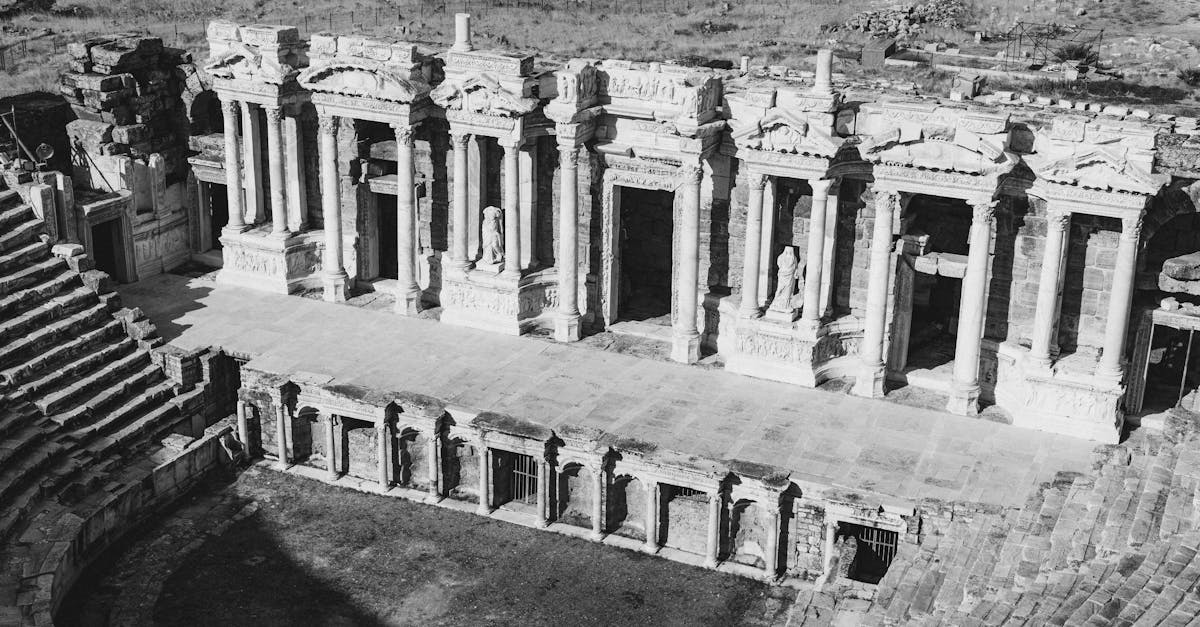
The Stadium of Aphrodisias, located in southwestern Turkey, is one of the best-preserved ancient stadiums. Built in the 1st century AD, it could accommodate 30,000 spectators, hosting athletic competitions and gladiatorial games. Its elongated shape and stone seating provide insight into the design principles of ancient stadiums. Though no longer in use, the stadium's preservation offers a window into the social and cultural life of the ancient city. Aphrodisias' stadium stands as a testament to the enduring fascination with athletic competition and its role in shaping human history.
Guardians of History
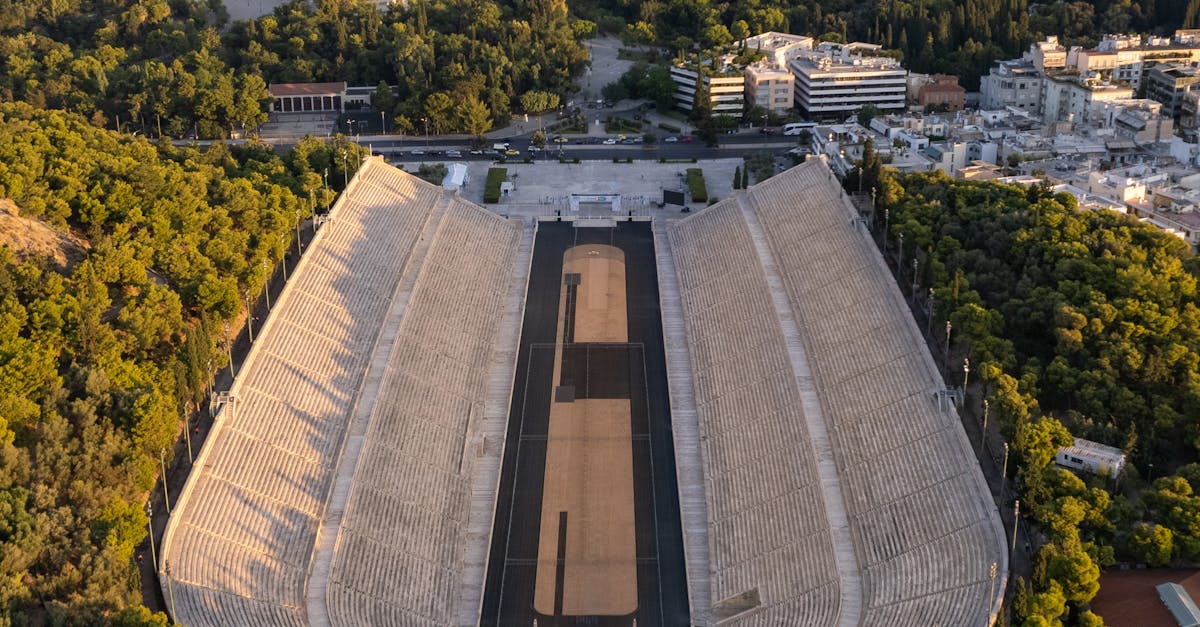
These ancient-looking stadiums are more than mere relics; they are guardians of history, preserving the stories and traditions of the past. Each structure, with its unique design and enduring legacy, offers a glimpse into the societies that built them and the cultural exchanges that shaped their histories. As we continue to use and preserve these arenas, we honor the ingenuity and creativity of our ancestors, ensuring that their stories continue to inspire future generations. These stadiums remind us that the past is always present, influencing our lives in ways both seen and unseen.








